Li Bin's Three Rules: NIO Launches Profit Offensive
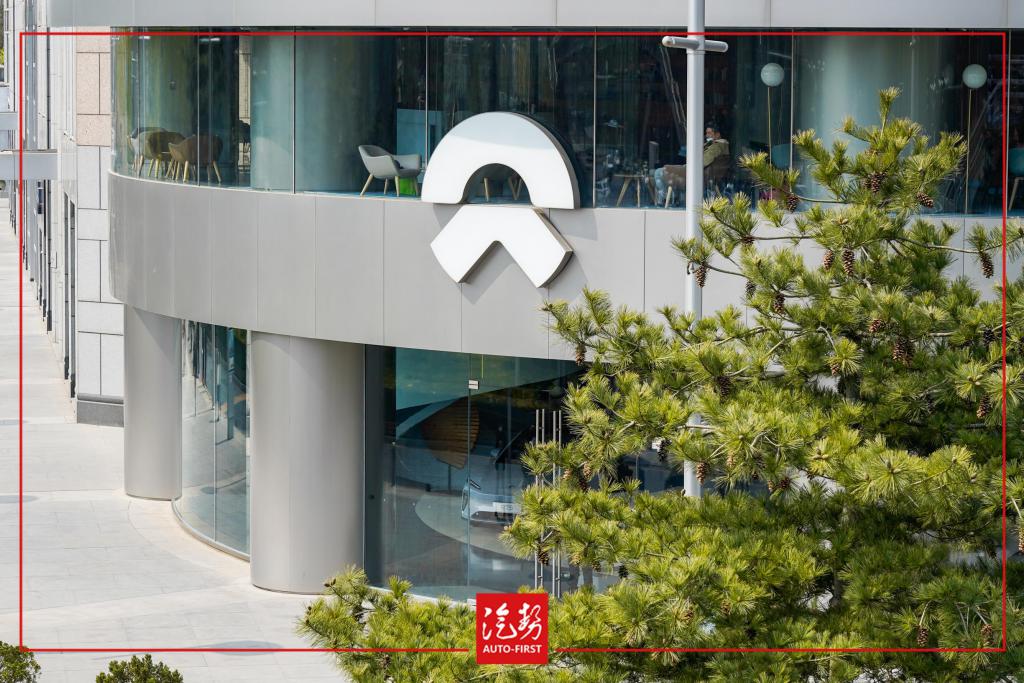
NIO has launched a comprehensive effort to achieve profitability, aiming for the fourth quarter of 2025. At an internal meeting, Li Bin proposed three measures akin to a three-point covenant: "selling more cars, ensuring supply chain stability, reducing costs while enhancing software experience." These can also be seen as NIO's action plan for achieving profitability.
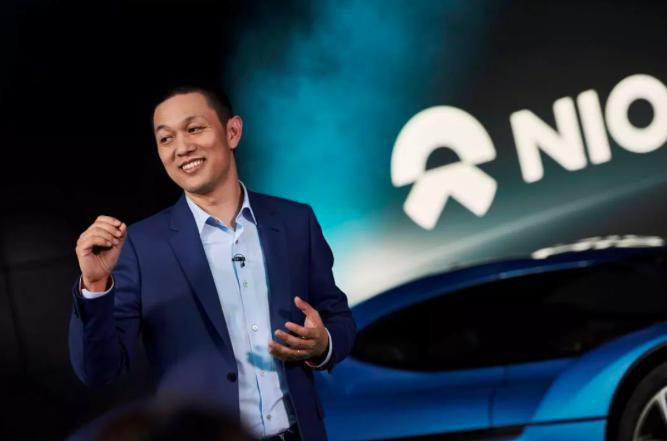
At an internal meeting of NIO held on October 17, Li Bin stated that the profit target for the fourth quarter must be achieved and set profit as the first item in the fourth quarter's personal VAU (Vision Action Upgrade, NIO's target management system). Li Bin further emphasized that achieving profitability in the fourth quarter is the entire team's answer sheet that must demonstrate operational efficiency and business capability.
In order to promote profitability in the fourth quarter, Li Bin proposed three specific measures similar to the "Three Chapters": first, focus on marketing key models; second, ensure supply chain stability and cost reduction; third, deliver high-quality software versions on time.
In simple terms, the three specific measures aim to boost sales performance, thereby diluting costs and crossing the breakeven point. Previously, William Li stated that the minimum standard for NIO to achieve profitability in the fourth quarter is to sell 50,000 vehicles per month, with a vehicle gross margin of 17-18%, sales and management expenses controlled at around 10%, and R&D expenses controlled at 6-7%.
In fact, NIO has not given a specific timeline for profitability for the first time. As early as the 2021 financial report conference call, Li Bin set a goal of achieving break-even in the fourth quarter of 2023 and profitability in 2024. During the third quarter 2024 financial report conference call, the profitability timeline was postponed to 2026. In March this year, Li Bin moved the profitability timeline forward to the fourth quarter of 2025.
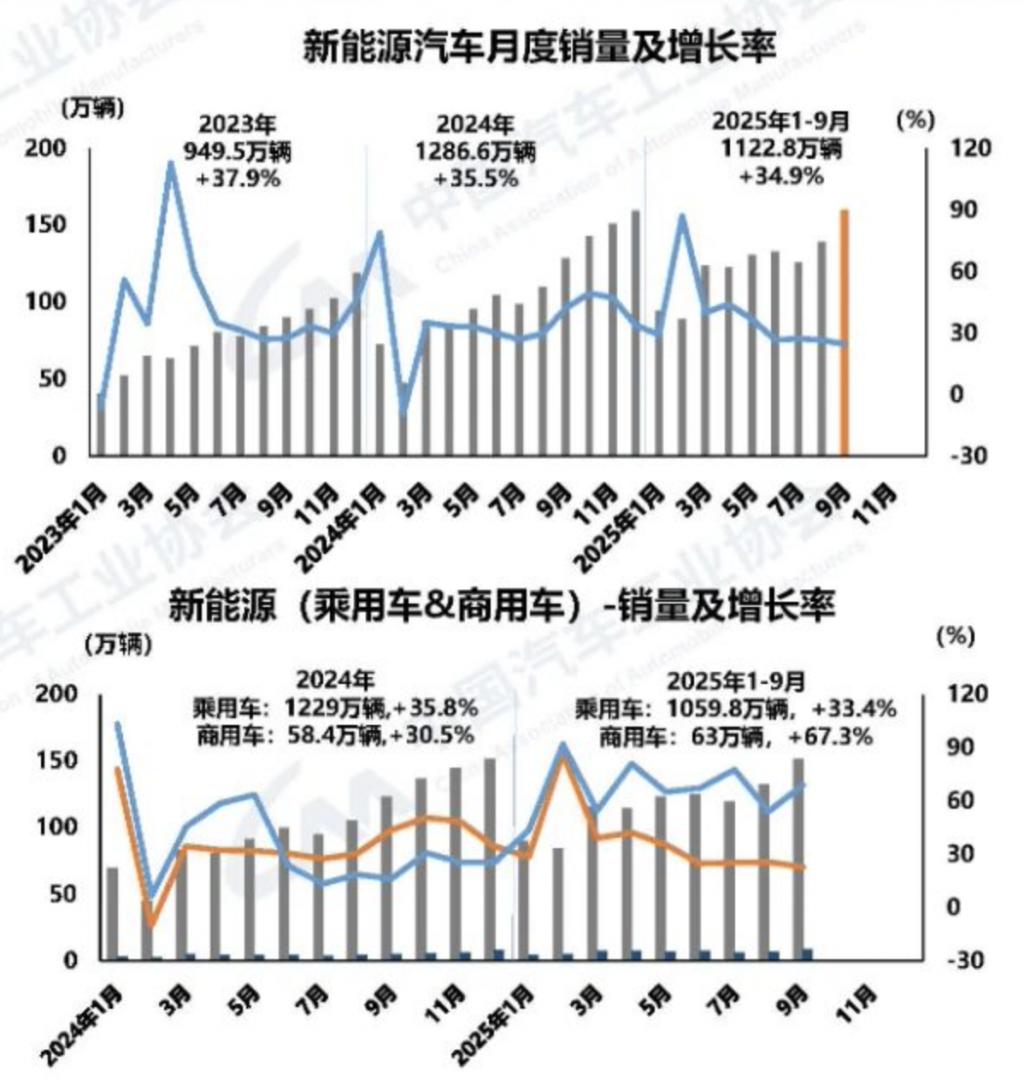
This time, mentioning the profitability in the fourth quarter again might be the easiest quarter for NIO Inc. to achieve. From the market trend perspective, both production and sales of new energy vehicles in September reached record highs, with production and sales completing 1.617 million units and 1.604 million units respectively, representing a year-on-year increase of 23.7% and 24.6%. Meanwhile, under the influence of the phased-out policy of new energy vehicle purchase tax reductions, the year-end surge in the new energy vehicle market may become more pronounced.
NIO's market performance is on the rise. The Leidao L90, which was launched in August, continues to sell well, achieving sales of 10,600 units in its first month, making it the fastest model in NIO's history to reach over 10,000 units sold. The new generation ES8, launched in September, has also shown positive market feedback. William Li has stated that the market response to the new generation ES8 has exceeded expectations, and the company is ramping up production capacity to meet demand.
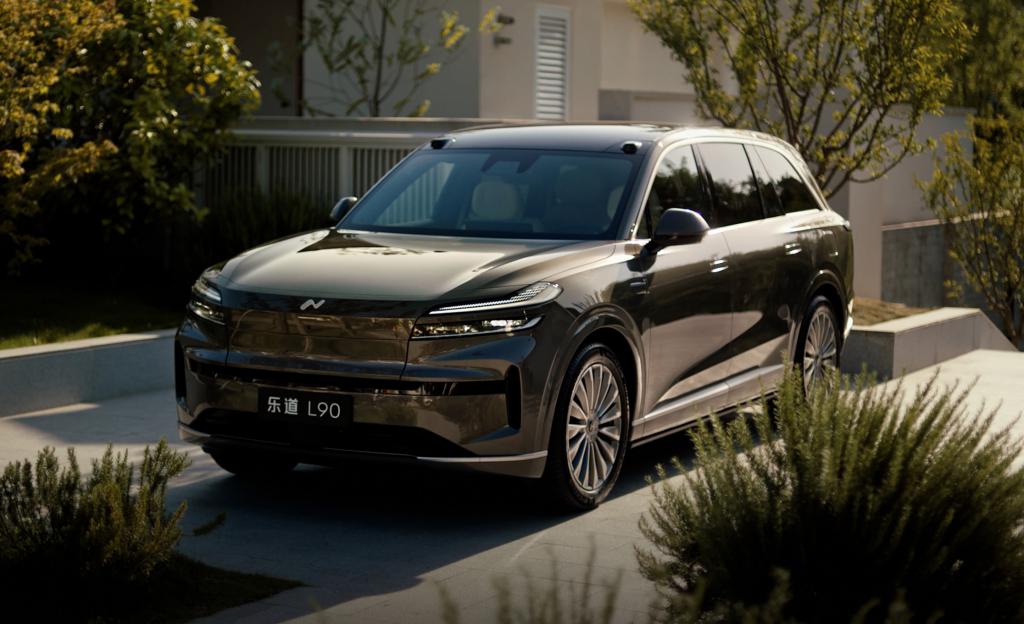
The hot sales of the high-profit models L90 and the new generation ES8 have ensured an increase in NIO's gross margin. NIO's CFO Qu Yu stated during the second quarter 2025 earnings call that the accumulation of technology, self-research and procurement of key components, and cost control have enabled NIO to not only enhance competitiveness with models like the L90 and ES8 but also achieve systematic and comprehensive cost reductions. By the fourth quarter of this year, the gross margin target for the L90 and ES8 is 20%.
At the same time, the strong sales of the LeDao L90 and the new generation ES8 also present a "sweet burden" in terms of production capacity and delivery. According to the plan, in the fourth quarter, the monthly production capacity for the LeDao and NIO brands will reach 25,000 vehicles, with the Firefly having a monthly capacity of 6,000 vehicles, and priority will be given to ensuring the production capacity of the new generation NIO ES8 and LeDao L90. The production capacity planning not only meets the demand for these two products but also lays the foundation for the goal of 50,000 units sold per month.
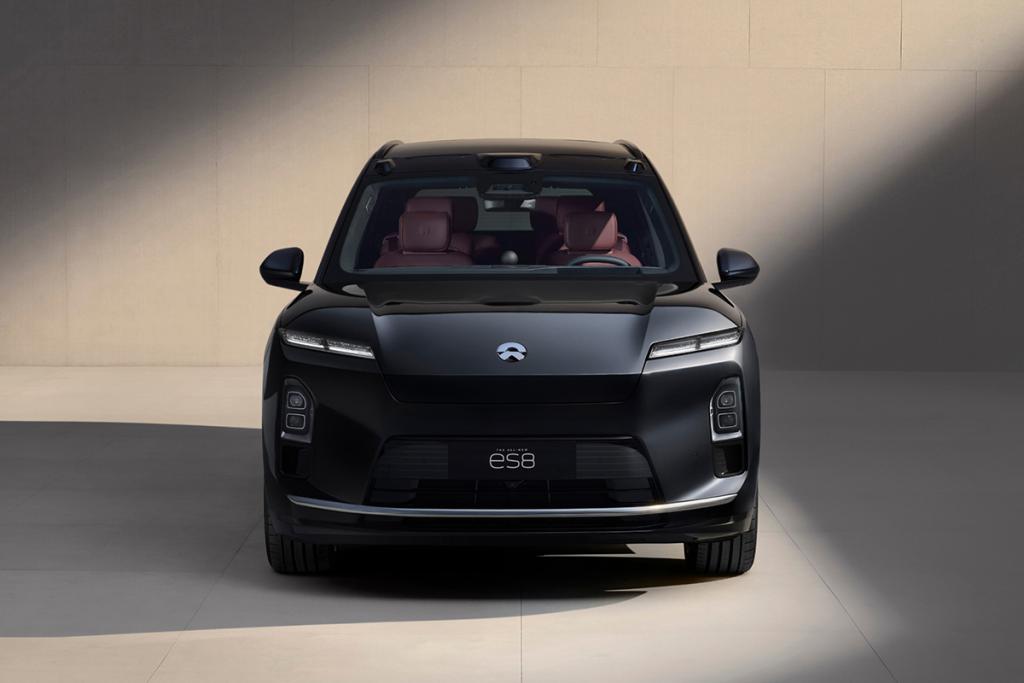
Additionally, from the perspective of performance indicators, NIO's profit losses in the first two quarters of this year have shown a narrowing trend. NIO's net loss for the second quarter of 2025 was RMB 4.9948 billion, representing a year-on-year decrease of 1.0% compared to the second quarter of 2024 and a quarter-on-quarter decrease of 26.0% compared to the first quarter of 2025. Excluding organizational optimization costs, NIO's non-GAAP operating loss narrowed by more than 30% quarter-on-quarter.
Car companies aiming to achieve profitability in the fourth quarter are not limited to NIO. Earlier this year, Xiaopeng Motors Chairman He Xiaopeng repeatedly expressed confidence in achieving profitability in the fourth quarter. Xiaomi Auto has also reached a crucial point for turning losses into profits; in the second quarter of 2025, Xiaomi Group's automotive business significantly narrowed its losses to 300 million yuan and is expected to achieve profitability in the third or fourth quarter.
Profit has always been regarded as one of the core indicators for new car manufacturers to stay afloat. Delivering quarterly profit results not only demonstrates that a company has self-sustaining capabilities and can remain in the competitive arena, but also proves its investment value to the capital market. When mainstream new car manufacturers cross the profit line, it undoubtedly secures their ticket for the upcoming market competition.
【Copyright and Disclaimer】The above information is collected and organized by PlastMatch. The copyright belongs to the original author. This article is reprinted for the purpose of providing more information, and it does not imply that PlastMatch endorses the views expressed in the article or guarantees its accuracy. If there are any errors in the source attribution or if your legitimate rights have been infringed, please contact us, and we will promptly correct or remove the content. If other media, websites, or individuals use the aforementioned content, they must clearly indicate the original source and origin of the work and assume legal responsibility on their own.
Most Popular
-

List Released! Mexico Announces 50% Tariff On 1,371 China Product Categories
-

Nissan Cuts Production of New Leaf EV in Half Due to Battery Shortage
-

New Breakthrough in Domestic Adiponitrile! Observing the Rise of China's Nylon Industry Chain from Tianchen Qixiang's Production
-

Dow, Wanhua, Huntsman Intensively Raise Prices! Who Controls the Global MDI Prices?
-

Mexico officially imposes tariffs on 1,400 chinese products, with rates up to 50%






